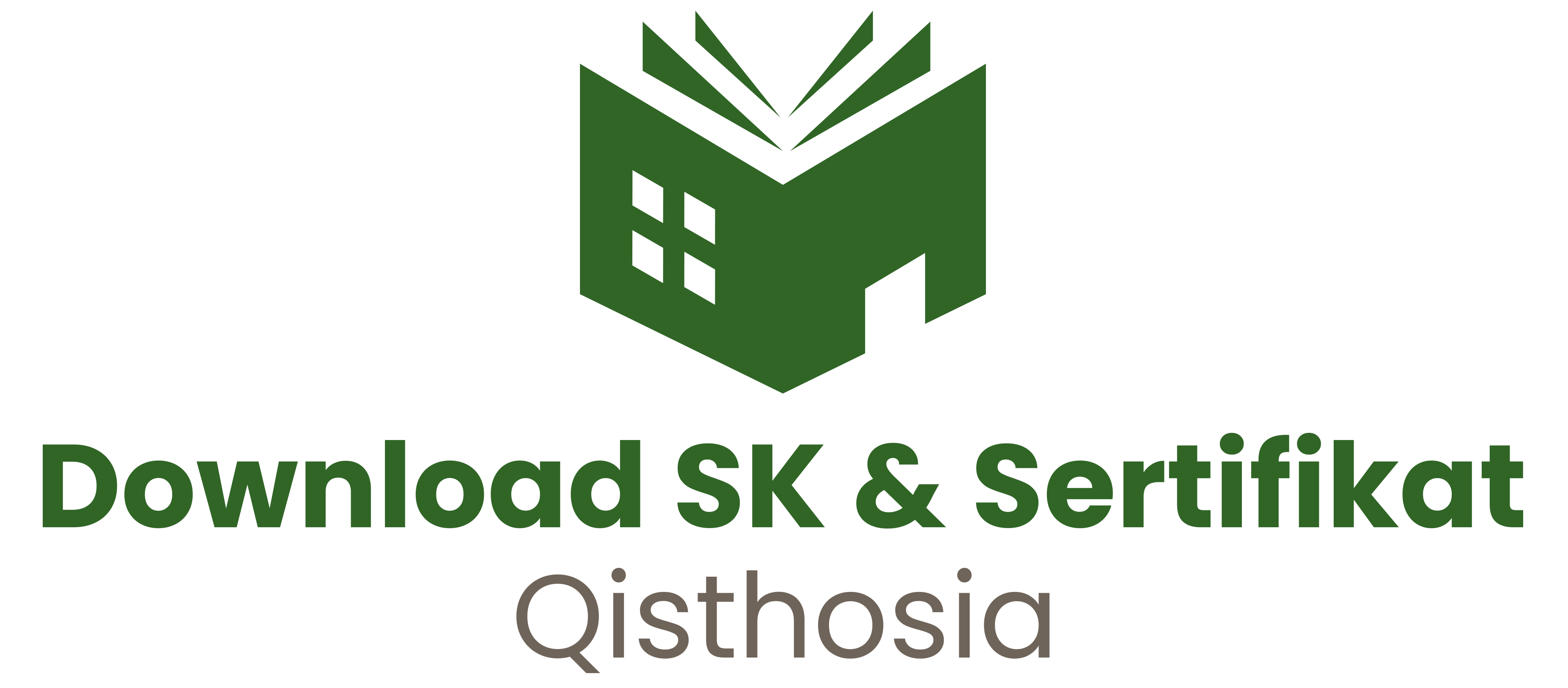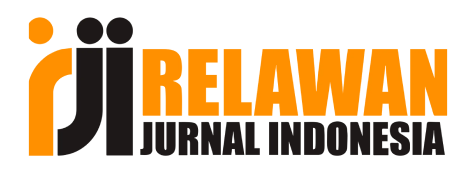Artificial Intelligence Berbasis Chatbot: Sarana Baru Panduan Hukum Keluarga Digital
DOI:
https://doi.org/10.46870/jhki.v4i2.765Keywords:
Perceraian, GPT Chat, Kebingungan, Kecerdasan BuatanAbstract
Chat GPT and Perplexity are two platforms of the many types of chat-based Artificial Intelligence (AI). Both platforms can pamper their users by presenting brief and clear information based on the questions given. The use of chat-based AI as a substitute for human legal assistance is a topic of conversation today. However, the validity of AI is often questioned. By looking at these problems, there needs to be a trial that can see the validity of Chat Gpt answers and any confusion regarding legal issues. The author is interested in measuring the level of validity of answers from the Chat GPT and Perplexity platforms in addressing family law problems. The author takes household problems caused by domestic violence. Then cases of domestic violence that occur will result in a lawsuit for divorce. Based on the questions asked, both platforms are very credible in providing basic information regarding divorce lawsuits, such as absolute competence and relatively appropriate courts to use to file lawsuits. However, both of them are not good at presenting detailed information regarding divorce lawsuits. This is natural, because both platforms are not specifically designed as family legal assistance chatbots. Therefore, a special platform is needed that is aimed at realizing these needs, by utilizing information delivery patterns from both platforms. An AI chatbot designed for these needs will certainly provide many benefits for society, one of which is guidance on filing cases independently. These benefits can also create a low cost court.
Downloads
Published
How to Cite
Issue
Section
License
Copyright (c) 2023 QISTHOSIA : Jurnal Syariah dan Hukum

This work is licensed under a Creative Commons Attribution-NonCommercial-ShareAlike 4.0 International License.








 Indonesia
Indonesia






